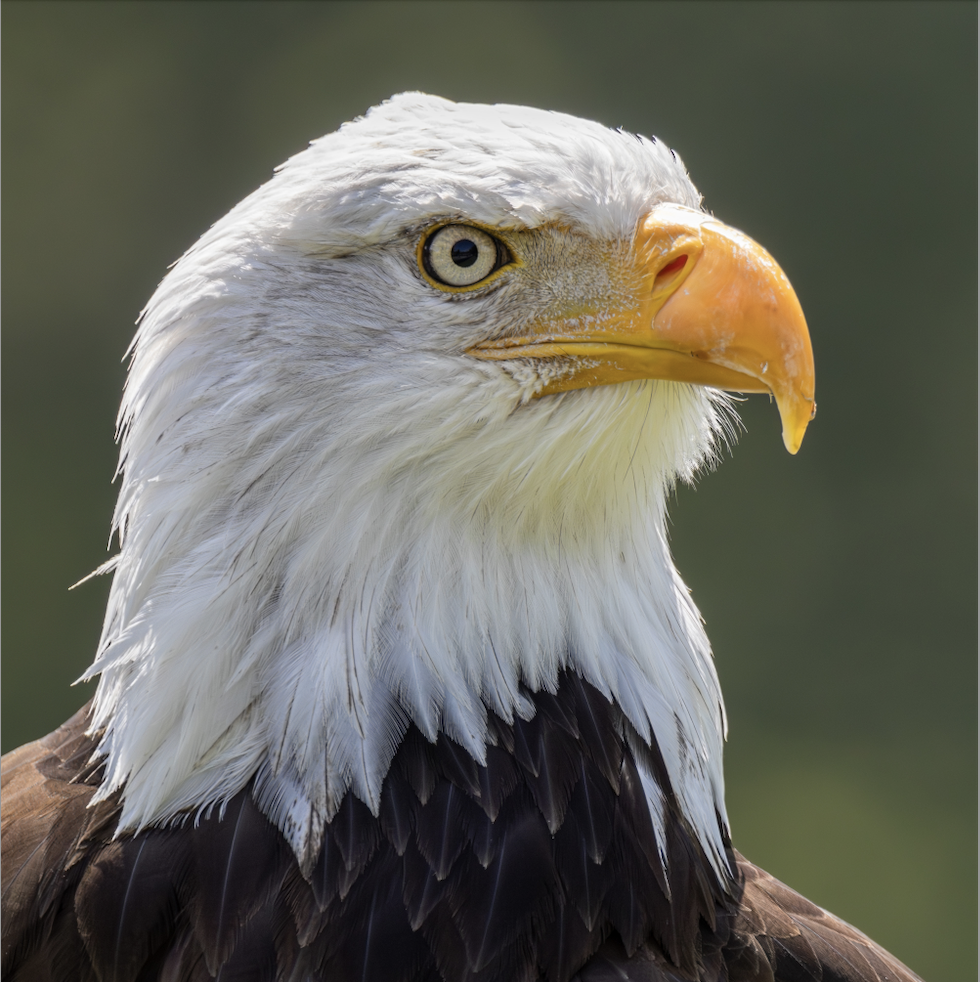Pixelfed account: https://pxlmo.com/buffy
- 15 Posts
- 28 Comments

 1·1 year ago
1·1 year agoThat I understand, but my problem is the ppd file includes paths like
*cupsFilter: "application/vnd.cups-command 0 /Library/Printers/Canon/BJPrinter/Filters/Command2CanonIJ.bundle/Contents/MacOS/Command2CanonIJ". I extracted those binary files too, put them in a cups folder, and adapted the path to point at the correct locations, but the scripts don’t seem to work on Linux. Same thing for the turboprint thing, the commands like (canontoturboprint) are not doing anything from what I can tell

 1·1 year ago
1·1 year agoI could successfully decompress all the relevant files from the dmg file. Now I need to figure out a way of properly installing them in a cups directory. For instance, I don’t know where I should put
/Library/Printers/Canon. But it seems to me that I have all the files required to make it work.

 2·1 year ago
2·1 year agoThanks for the recommendation! I tried both, but sadly it didn’t work.
I could extract the ppd file from the MacOS driver, but I still need to substitute some OS specific paths that lead to executable files and icc profiles, like
*cupsFilter: "application/vnd.cups-raster 0 /Library/Printers/Canon/BJPrinter/Filters/Raster2CanonIJ/Raster2CanonIJS.bundle/Contents/MacOS/Raster2CanonIJS". Not that many, just two or three. I will most likely try to install the drivers on a MacOS VM and see if I can extract those files and place them in a Linux-specific cups directory (/usr/lib/cupsor something). I think so far the odds are even.Update: It looks like I have all the binary files with me. Raster2CanonIJS, Command2CanonIJ, the ICC profiles and whatnot. I’m now looking for some guidance on where I should place those files on Linux, that would belong in
/Library/Printers/Canon/..., etc. on MacOS.

 10·1 year ago
10·1 year agoThanks! It seems like the “dead link” is just telling us how to install any printer using CUPS, sadly. But the second link might help me, given that I can try to extract a ppd driver from the provided macOS drivers.

 7·1 year ago
7·1 year agoYou are right, those are contradictory. I meant doing it for now and sandboxing the VM while I work on finding a solution. I’m now trying to extract the useful part of the MacOS drivers and see if I can run it natively on Linux.
Edit: I edited the original post slightly to address your point, which I fully agree with.
Haha, now I can’t unsee it! I guess the whole thing was more obvious in person.
Haha, yes, I’m glad they chose not to!
Gorgeous view!
Yes, fully open aperture, long exposure (6"), and high ISO. I tried to recover the yellows that were (much) more apparent to the naked eye, and this made it look more saturated
I had to use both since I don’t own a nice camera or lenses. I think exposure time was around 6 seconds. If you darken it by 2EV, it should be close to how it looked to the naked eye

 3·1 year ago
3·1 year agoIndeed it looks like a bug. I finally found a solution, though. Check the main post edit for details.

 1·1 year ago
1·1 year agoI will very likely migrate to BTRFS on my next install. I’m reading Snapora’s repo now, looks like an awesome tool. Thanks for the tip!

 1·1 year ago
1·1 year agoI did check it, yes, but the page doesn’t appear to be relevant or contain much information. Another comment above (or below) mentioned that KDE Plasma can’t run without a compositor.

 4·1 year ago
4·1 year agoYou are right, I should have made this clear. I am not on Nvidia, I am using an old Thinkpad on Intel Haswell.
I’m glad to know my problem isn’t completely new. I’ll look into it further online. If you ever find a link to a report of a similar issue, I would be happy to see!
Edit: I found this link, the issue reported appears to be very similar to what I’m seeing here https://libreddit.tux.pizza/r/kde/comments/jhqbnz/kde_plasma_rendering_problem_black_squares/
Edit 2: I finally solved my problem! It was indeed an old problem already reported somewhere.

 1·1 year ago
1·1 year agoYou are absolutely right. I just tried
apt purge kde* plasma* libkf*andapt install kde-fullfollowed by a reboot. But sadly, the problem persists.

 1·1 year ago
1·1 year agoI agree with that. I suspect you might be right. SDDM (Breeze) is also weird with transparency. However, I just installed
materia-kdebut unfortunately the problem persisted (screenshot attached). Before that, I ranapt purge kde* plasma* libkf*andapt install kde-full. That too didn’t solve my problem.

 2·1 year ago
2·1 year agoTasksel seems to be correctly set,
~$ tasksel --list-tasks i desktop Debian desktop environment u gnome-desktop GNOME u xfce-desktop Xfce u gnome-flashback-desktop GNOME Flashback i kde-desktop KDE Plasma u cinnamon-desktop Cinnamon u mate-desktop MATE u lxde-desktop LXDE u lxqt-desktop LXQt u web-server web server u ssh-server SSH server i laptop laptopI tried
apt reinstall kde-full, but unfortunately nothing changed.

 1·1 year ago
1·1 year agoI tried reinstalling kde-full, but sadly nothing happened (all packages were already marked as installed).

 3·1 year ago
3·1 year agoI audibly laughed at this. I actually knew I was entering treacherous waters by running
apt full-upgradein Sid, but still thought “well, we’ll see…”


Thanks! I didn’t have the icc profiles correctly set, which might be one of the problems with my setup.
I was initially having issues with the
Raster2CanonIJSandCommand2CanonIJbinaries (that I copied to/usr/lib/cups/filter): cups was raising some errors when executing the scripts. But after fixing those, I wouldn’t get any further errors or warnings, although the printer would simply be unresponsive while the job was set as “completed”. I will check if the problem was the lack of icc profiles under /usr/share/color/icc.